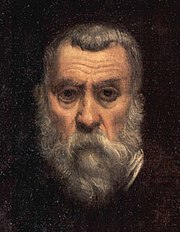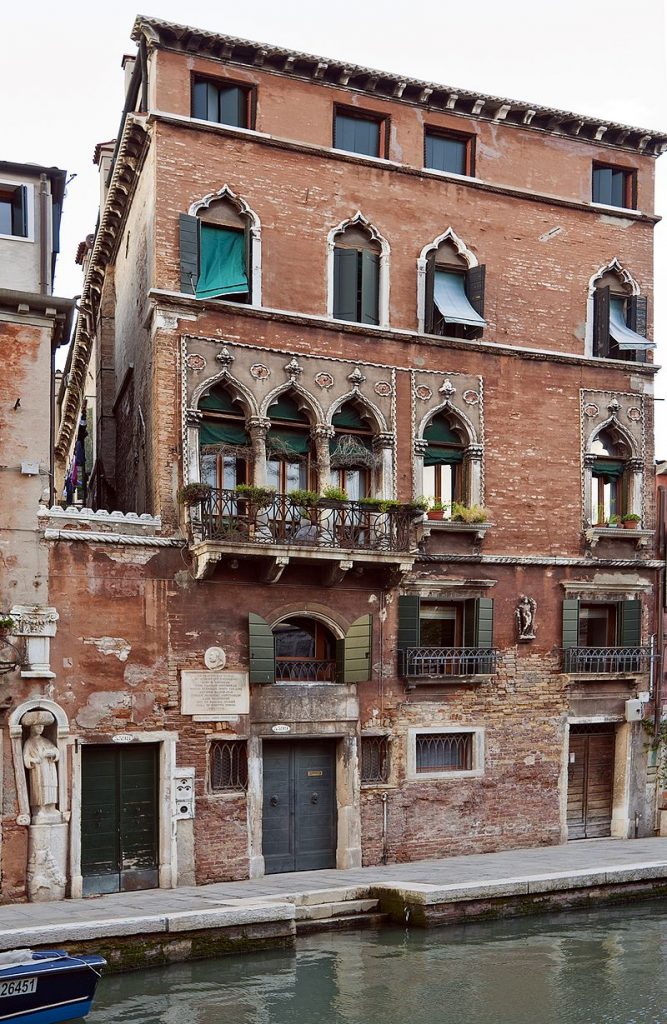
Tintoretto, also known as Jacopo Robusti, he was born in 1518 and died on May 31 in 1594. He was a great Italian painter of the Venetian school and he was one of the most important artists of the late renaissance. His paintings include Vulcan Surprising Venus and Mars (c. 1555), the Mannerist Christ and the Adulteress (c. 1545–48), and his masterpiece of 1592–94, the Last Supper。
Little is known about Tintoretto’s life. In a will from 1539, he described himself as an independent professional man. It is not a surprising description in view of his strong and forceful personality. no documents on Tintoretto artistic education have survived. but contemporary points out that Tintoretto’s style was formed by studying formal elements of Michelangelo, as well as the pictorial elements derived from Titian. Most probably, Jacopo’s talent prompted his father to place him in the workshop of a painter, but the workshop had a solid craftsman tradition, so that tintoretto could learn the foundation of his craft.

Tintoretto’s work

Comparing the Last Supper by Leonardo Da Vinci with the one Tintoretto created. the lightings are very different. In Tintoretto’s painting, the highlight on Jesus pops out who protagonist is and it lead viewers eye directly on him.
Tintoretto’s painting exercises are drawn from nature, from statues, from small wax models posed in various ways and artificial illuminated, such as small stage sets. Tintoretto acquired a narrative fluency, he was able to trace with a brisk brushstroke and fanciful inspiration the series of biblical stories, the mythological episodes for the poet Pietro Aretino’s house in Venice (1545), and sacred compositions such as Christ and the Adulteress. In these works, the figures set in a vast space with fanciful perspectives are illuminated in a distinctly Mannerist style. Tintoretto returned to an earlier form of composition in his Last Supper (1547),In that work, the bold and popular style succeeds in depicting the realities of everyday life
Tintoretto’s legacy
Tintoretto’s family was almost certainly from Lucca, but he is still considered a Venetian painter, not only because of his birth but because he had always lived in Venice and he created so many works that shaped the face of the city. He was not only a witness to the life of the city and of the sacred and profane complex pictorial developments of Venetian art. the society also formed a part of the dramatic history of 16th-century Italy.
In the years following Tintoretto’s death, his art was widely discussed and highly appreciated in Venice, especially by Marco Boschini, the Great 17th Century Venetian painting critic. John Ruskin’s romantic enthusiasm ushered in a new attitude to Tintoretto’s art, he was recognized as one of the greatest representatives of a wide ranging European art movement

personal opinion
I like Tintoretto a lot. To me he is one of the hero of late Renaissance. Especially his contribution to Venetian art. Even though he isn’t a Venetian. His paintings are smooth and realistic. They attract ur eyes as the second u look at it. It really makes me wanna see more of them
Leave a Reply